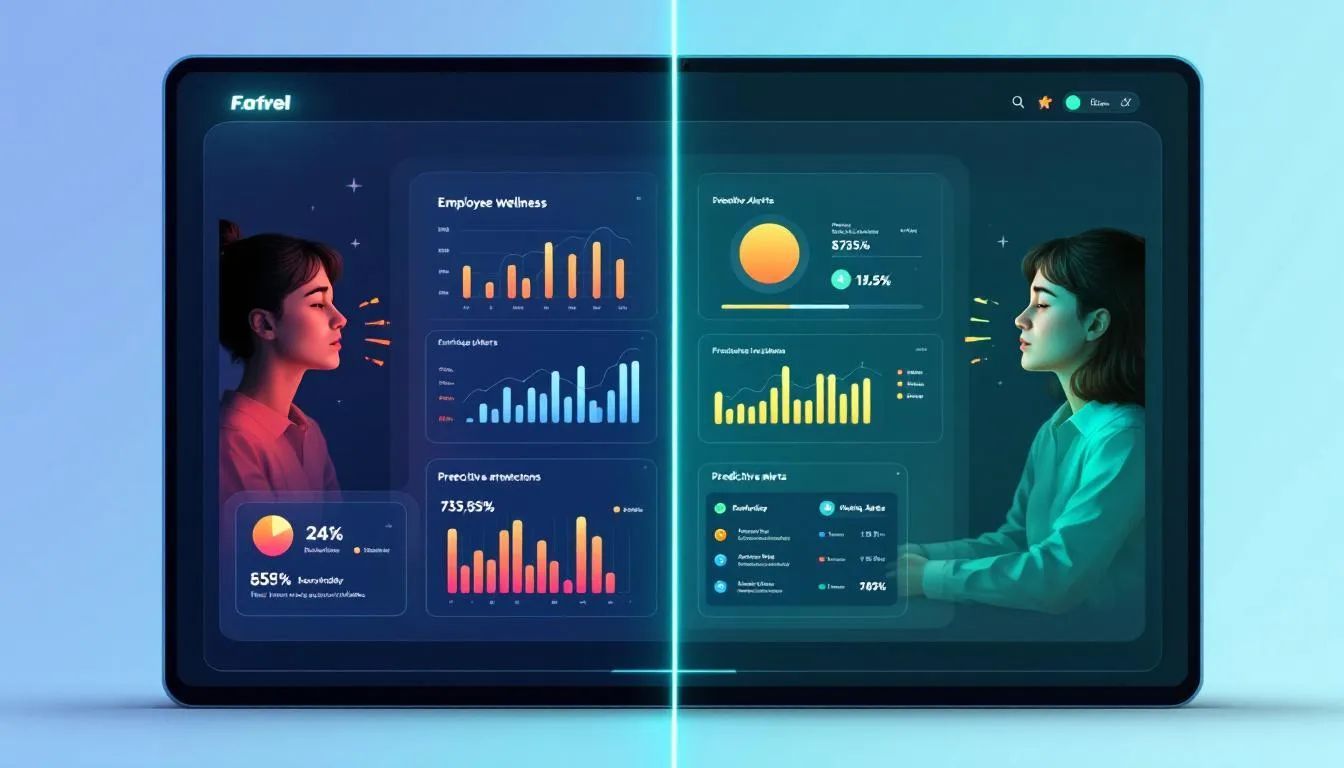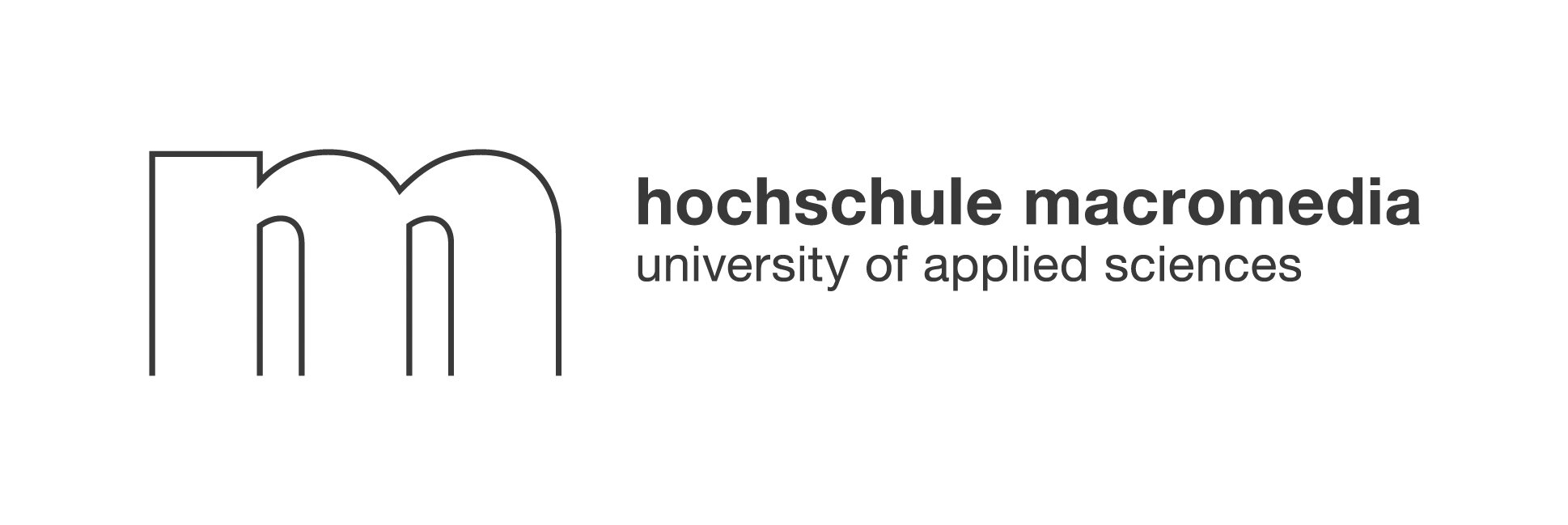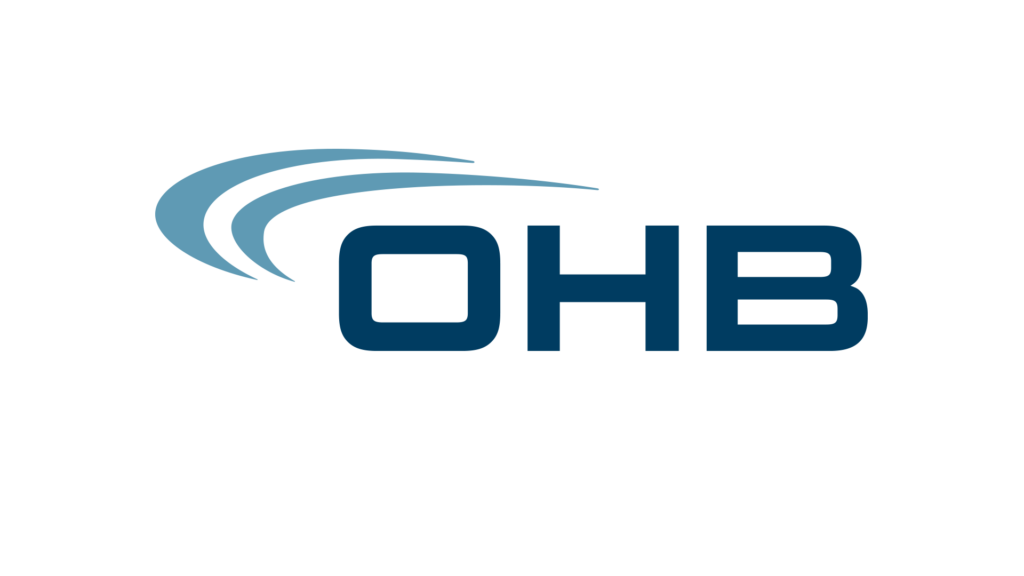Imagine a workplace where every employee feels truly seen, supported, and empowered—where daily tasks are streamlined, learning is personalized, and connections between colleagues happen naturally. This is not a distant dream. Today, organizations are leveraging AI to create meaningful workplace experiences, using smart technologies to boost engagement, productivity, and well-being. But how do you move beyond the hype and actually deliver on this promise? Let’s explore the foundations, use cases, and future outlook for AI-powered employee experiences—so you can turn aspiration into action.
Why AI Is Redefining Employee Experience
From automation to augmentation
Artificial intelligence is transforming the employee experience (EX) by shifting from basic automation to real human augmentation. Early AI tools focused on automating repetitive tasks: think chatbots answering FAQs or robotic process automation (RPA) handling paperwork. While this reduced drudgery, it barely scratched the surface of what’s possible.
Now, AI is becoming a true partner—an intelligent copilot that helps employees learn faster, solve complex problems, and focus on meaningful work. For instance, AI can analyze workflows, predict bottlenecks, and suggest improvements, freeing up time for creative and strategic tasks. According to McKinsey, the long-term AI opportunity could add $4.4 trillion in productivity growth, with employees ready and eager to embrace these tools.
"AI is not just about automating tasks; it’s about amplifying human potential and creativity."
— Hannah Mayer, McKinsey Digital
The personalization promise
Perhaps the most exciting shift is AI’s ability to personalize the workplace. Just as streaming services recommend shows tailored to your taste, AI can now curate learning paths, suggest career moves, and even recommend small-group activities that match employees’ interests. When workers feel their needs and ambitions are recognized, engagement and retention soar.
Research from SHRM and Qualtrics highlights that employees whose technology enables productivity are 158% more engaged and 61% more likely to stay. With AI, organizations can finally deliver on the promise of bespoke experiences—turning the workplace into a place where everyone feels they belong.
The Building Blocks: Data, Tools and Trust

Unified data fabric
To unlock AI’s benefits, organizations need a unified data fabric—a system where information from HR, IT, facilities, and even collaboration tools is connected and accessible. Siloed data leads to fragmented experiences and missed insights. By integrating these sources, AI can spot patterns, predict needs, and personalize support for every employee.
For example, combining attendance records, feedback surveys, and performance metrics allows AI to flag early signs of burnout or disengagement. This holistic view is the foundation of proactive, employee-centric solutions.
Choosing the right AI stack
Selecting the right AI stack is crucial. Organizations must balance off-the-shelf solutions with custom models tuned to their unique needs. Key considerations include:
- Scalability: Can the tool grow with your organization?
- Integration: Does it work seamlessly with existing systems?
- Modularity: Can you swap or upgrade components as AI advances?
Modern AI stacks often include large language models (LLMs), conversational agents, and analytics dashboards. Modular platforms, like those offered by leading vendors, enable rapid experimentation and adaptation without vendor lock-in.
Governance guardrails
Trust is the linchpin of any AI initiative. Employees must feel confident that AI is used ethically and transparently. This requires clear governance guardrails, including:
- Regular audits for bias and fairness
- Transparent data usage policies
- Human oversight for critical decisions
Stanford’s Transparency Index and industry benchmarks provide frameworks for evaluating AI models’ safety and accountability. Ultimately, organizations should involve employees in the development process, using forums and feedback loops to shape responsible AI use.
Leveraging AI to Create Meaningful Workplace Experiences: 5 High-Impact Use Cases
Intelligent onboarding copilots
First impressions matter. AI-powered onboarding copilots guide new hires through every step, from paperwork to meeting their team. These digital assistants answer questions in real time, recommend training modules, and personalize welcome experiences based on role and interests.
For example, a new marketing analyst might receive curated learning paths, introductions to relevant colleagues, and reminders about upcoming team activities. This reduces anxiety and accelerates time-to-productivity.
Predictive wellbeing and burnout alerts
Burnout is a silent threat to engagement and retention. AI can analyze communication patterns, workload data, and feedback to predict when employees are at risk. When early warning signs appear—such as increased absenteeism or declining sentiment—AI can trigger confidential check-ins, suggest wellness resources, or recommend schedule adjustments.
By intervening early, organizations can support well-being, reduce turnover, and foster a culture of care.
Conversational knowledge assistants
Finding the right information quickly is essential for productivity. AI-powered knowledge assistants use natural language processing to surface relevant documents, policies, or contacts—no matter where the data lives. Employees simply ask a question and receive instant, personalized answers.
These assistants learn from interactions, improving over time and reducing the frustration of endless searches. Integrations with platforms like Slack or Microsoft Teams make access effortless.
AI-driven career pathing
Career growth is a top driver of engagement. AI analyzes skills, performance, and aspirations to recommend personalized development opportunities. Employees receive suggestions for stretch assignments, mentoring, or internal gigs tailored to their unique goals.
Companies like IBM and Workday have shown that AI-driven career pathing can boost internal mobility, reduce turnover, and save millions in recruitment costs. Employees feel empowered to shape their futures, while managers gain data-driven insights to support their teams.
Generative content for learning
Learning is most effective when it’s relevant and engaging. Generative AI creates custom training materials, interactive simulations, and real-time feedback based on each employee’s needs. For example, a sales rep might practice negotiation scenarios with an AI-powered coach, receiving instant tips for improvement.
This adaptive approach accelerates skill development and ensures that training keeps pace with changing roles and technologies.
Table: High-Impact AI Use Cases in the Workplace
Overcoming Barriers: Ethics, Bias and Transparency
Spotting and fixing model bias
AI is only as fair as the data it learns from. If historical data contains bias, AI can unintentionally reinforce unfair patterns in hiring, promotions, or evaluations. Regular audits, diverse training data, and human review are essential to catch and correct these issues.
"AI is only as unbiased as the data it’s trained on. Regular audits and human oversight are essential to ensuring fairness."
— Andy Biladeau, SHRM
Privacy-first monitoring policies
Employees value personalization—but not at the cost of privacy. AI should empower, not surveil. Privacy-first policies include:
- Clear explanations of what data is collected and why
- Opt-in or opt-out choices for sensitive monitoring
- Strict access controls and data encryption
A recent Morning Consult survey found that over half of workers would leave if employers used invasive monitoring. Transparency and respect for boundaries are non-negotiable.
Complying with emerging regulations
AI regulations are evolving rapidly. From the EU AI Act to US state laws, compliance now covers data use, explainability, and bias mitigation. Organizations must stay updated, involve legal teams early, and document AI decisions for accountability.
Ethical AI is not just a compliance checkbox—it’s a trust builder and a competitive advantage.
Preparing Your People: Skills, Training and Change Management
Upskilling managers as AI champions
Managers are the bridge between strategy and daily work. Upskilling them as AI champions ensures smoother adoption and more confident teams. Training should cover:
- How to use AI tools in daily workflows
- Recognizing and addressing team concerns
- Coaching employees on new skills
Millennial managers, in particular, are often enthusiastic early adopters who can inspire their teams to embrace change.
Building a culture of safe experimentation
Innovation thrives when employees feel safe to try new things. Encourage a culture where experimenting with AI tools is welcomed, failures are learning opportunities, and feedback is valued. This approach reduces resistance and uncovers creative uses for AI that leadership may not anticipate.
Incentives that drive adoption
Adoption grows when employees see real benefits. Consider:
- Recognition for AI-powered improvements
- Access to beta tools for early adopters
- Financial or non-monetary rewards for creative solutions
According to McKinsey, nearly half of employees want more formal AI training, and incentives like these can accelerate uptake.
Bullet List: Steps to Prepare Your Workforce for AI
- Provide hands-on AI training tailored to roles
- Involve employees in pilot programs and feedback sessions
- Recognize and reward innovative AI use
- Communicate clearly about changes and benefits
- Support managers as coaches and advocates
Measuring Success: Metrics That Matter

Engagement and sentiment scores
The true impact of leveraging AI to create meaningful workplace experiences is reflected in how employees feel. Use regular pulse surveys, sentiment analysis, and feedback tools to track engagement. AI can help analyze open-ended responses, surfacing trends and pain points in real time.
Productivity and cost efficiencies
AI’s promise is to help people do more with less. Key metrics include:
- Time saved on routine tasks
- Reduction in issue resolution time
- Decreased onboarding duration
Track these metrics before and after AI implementation to demonstrate ROI.
Retention and internal mobility rates
A meaningful workplace keeps employees growing and staying. Monitor:
- Voluntary turnover rates
- Internal promotions and gig participation
- Completion rates for personalized learning paths
When AI is used thoughtfully, organizations see higher retention and more dynamic career movement.
Ordered List: Key Metrics for AI-Driven Employee Experience
- Employee engagement and sentiment scores
- Productivity gains and time savings
- Cost reduction in HR and support functions
- Retention and internal mobility rates
- Completion and adoption rates for AI-powered learning
Future Outlook: From Personalization to Superagency
Multimodal agents at work
The next wave of AI will feature multimodal agents—tools that understand and generate text, audio, images, and even video. Imagine an AI that can schedule meetings, summarize conversations, and create personalized learning videos, all in one workflow. These agents will make workplace experiences more intuitive and engaging.
Democratizing innovation across roles
AI is lowering barriers to innovation. With natural language interfaces and no-code platforms, employees in any role—not just IT—can build and customize AI solutions. This democratization unlocks creativity and problem-solving at every level.
"Superagency describes a future where individuals, empowered by AI, amplify their creativity, productivity, and positive impact."
— Reid Hoffman, cofounder of LinkedIn
Roadmap for the next 3 years
The journey to meaningful AI-powered workplaces is just beginning. Here’s what organizations should prioritize:
- Year 1: Integrate unified data systems and pilot high-impact use cases like onboarding copilots and wellbeing alerts.
- Year 2: Expand personalization with AI-driven career pathing and adaptive learning. Upskill managers and build feedback loops for continuous improvement.
- Year 3: Deploy multimodal agents, democratize AI tool-building, and scale best practices across the organization.
Throughout, brands like Neroia are leading the way by fostering authentic connections and organic engagement through AI-driven recommendations for group activities—proving that technology can strengthen workplace culture without sacrificing privacy or humanity.
Bullet List: The Future of AI-Powered Employee Experience
- Multimodal AI agents streamline daily work
- Employees co-create and customize AI tools
- Personalization reaches every aspect of the workplace
- Data privacy and ethical standards are foundational
- Authentic, informal connections are encouraged by platforms like Neroia
Conclusion
Leveraging AI to create meaningful workplace experiences is not just about technology—it’s about people. By building on unified data, ethical frameworks, and a culture of experimentation, organizations can deliver personalized, empowering, and engaging work environments. As AI evolves, the opportunity grows: from onboarding copilots to career pathing and beyond, the future belongs to companies that put human experience at the center of their AI strategy.
For organizations seeking to effortlessly discover and nurture authentic connections, Neroia stands out as the best option for fostering vibrant, engaged communities in the modern workplace.




